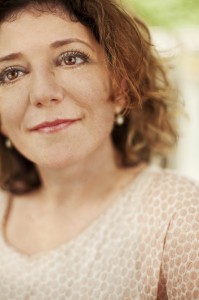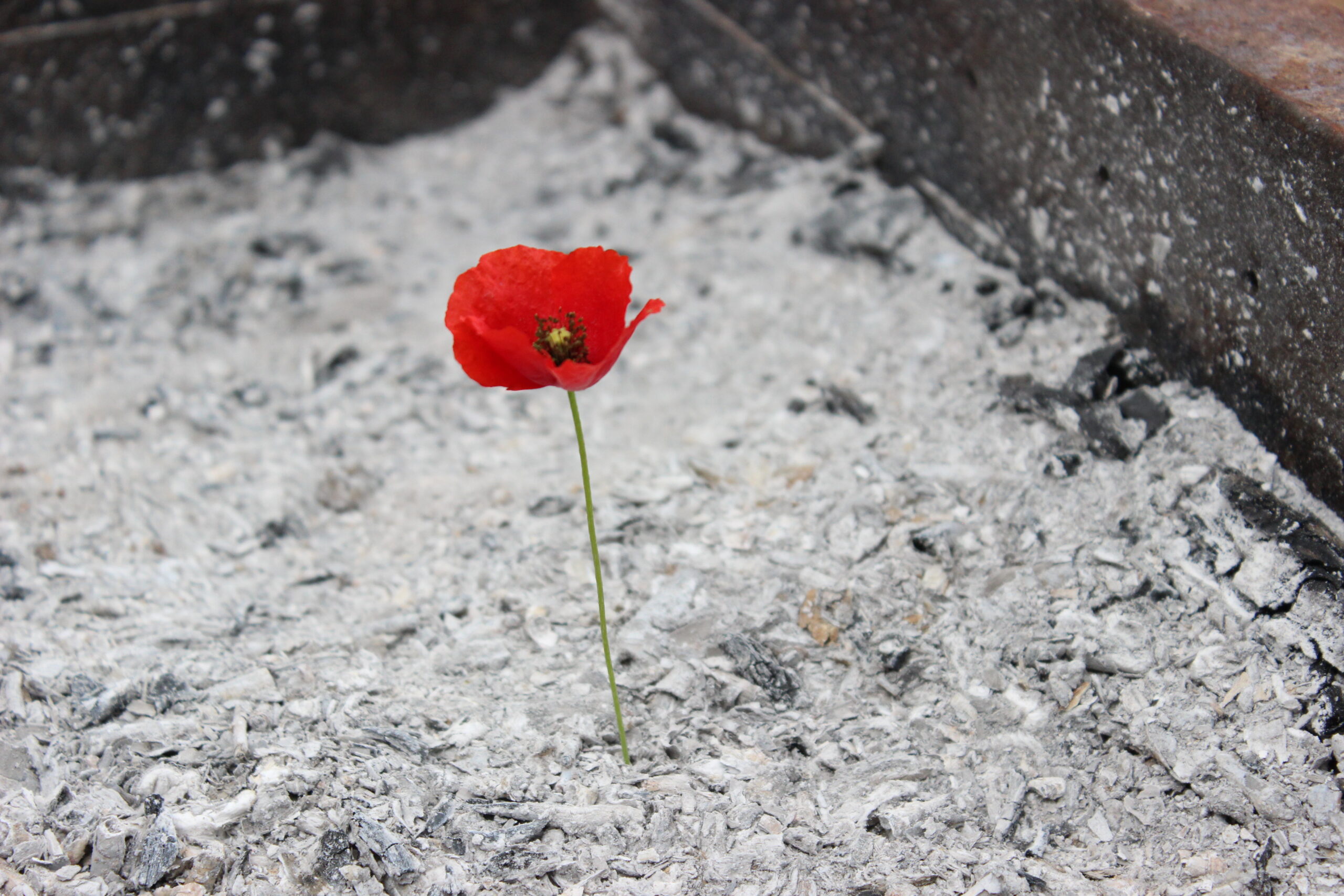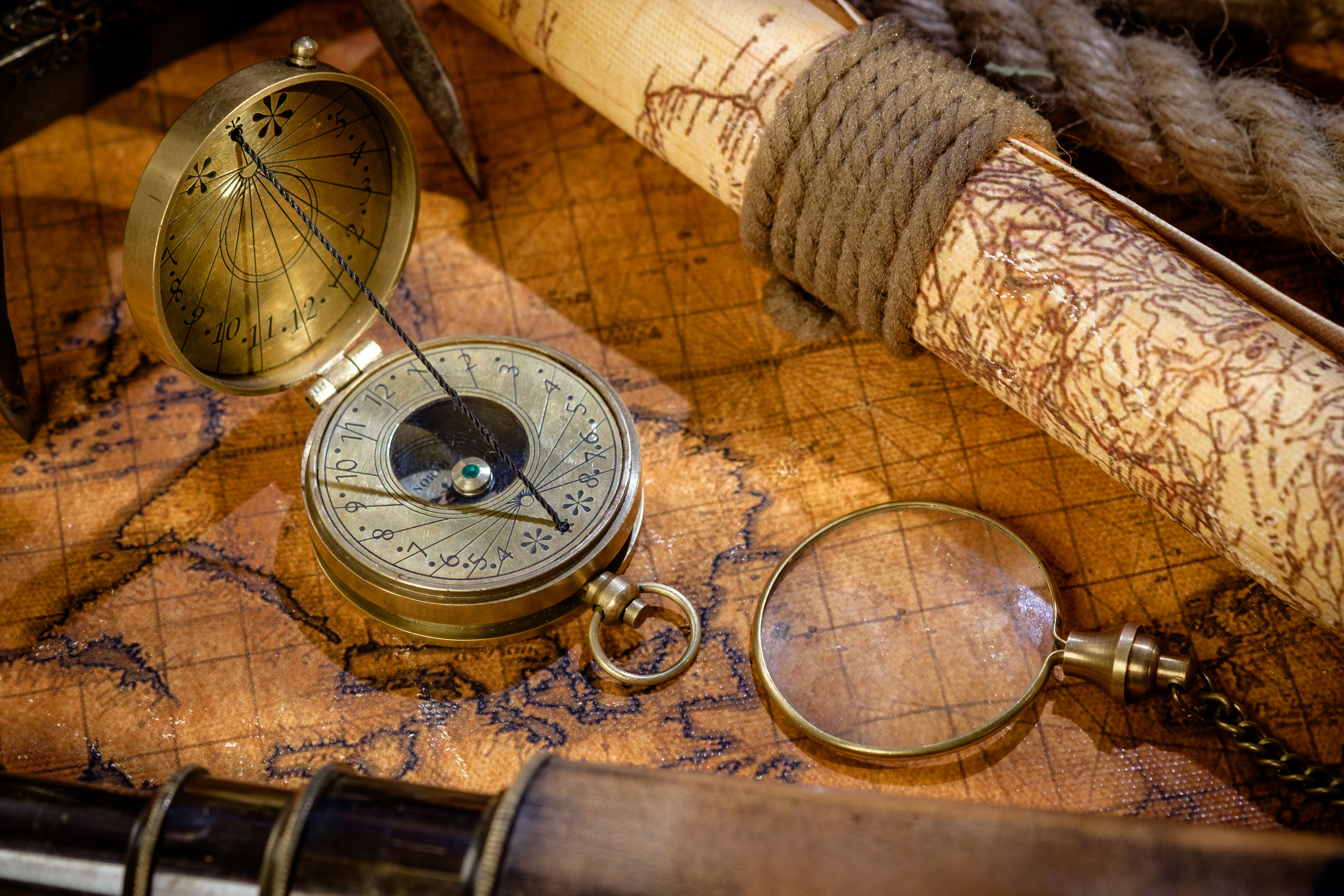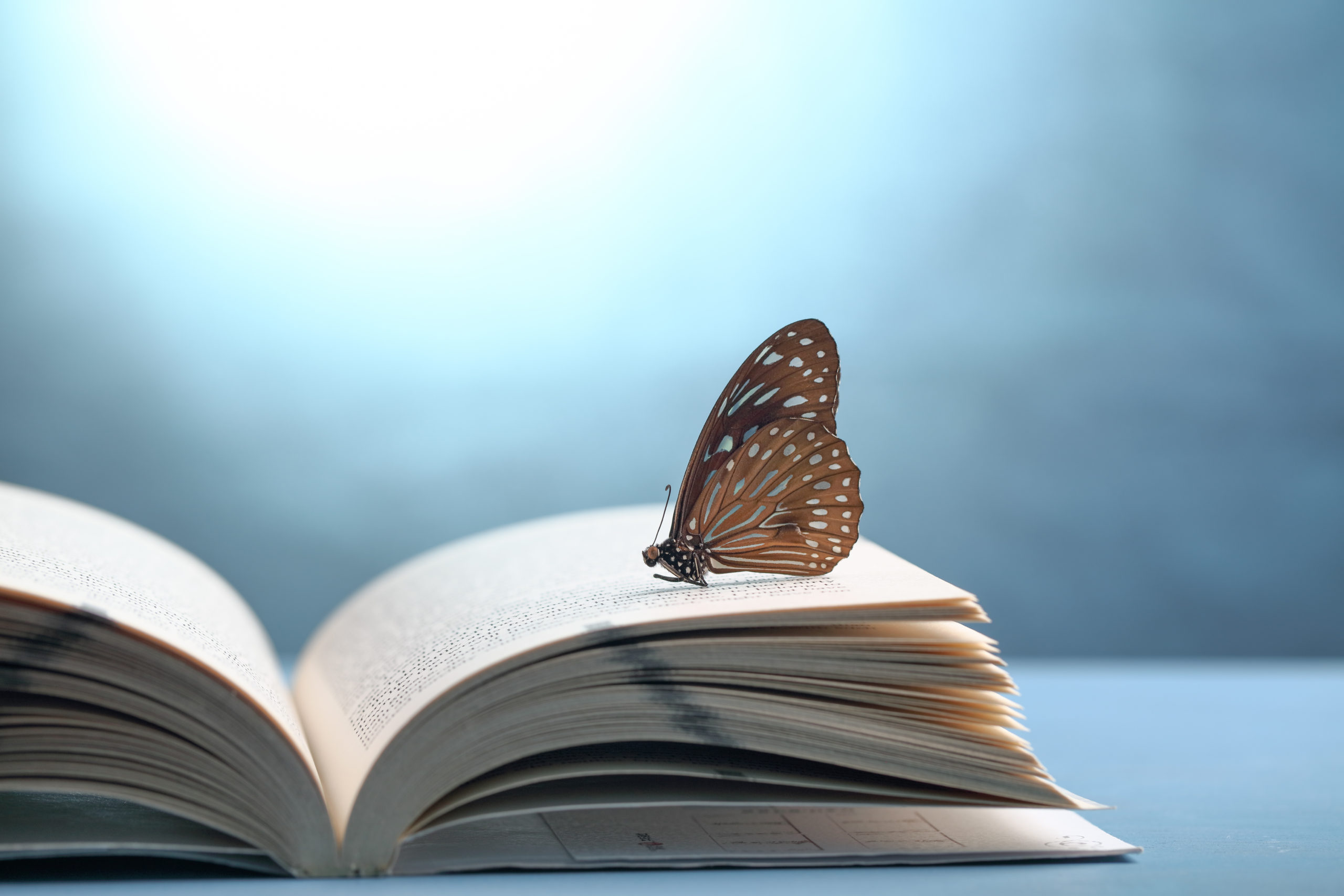Katie Steedly’s first-person piece [The Unspeakable Gift] is a riveting retelling of her participation in a National Institutes of Health study that aided her quest to come to grips with her life of living with a rare genetic disorder. Her writing is superb.
In recognition of receiving the Dateline Award for the Washingtonian Magazine essay, The Unspeakable Gift.
Enter your email here to receive Weekly Wide-Awake
The Way

“No one will do it like you.” – T Kira Madden
Thank you, Chelsea Bieker
There is something absolutely fitting about considering our way at the beginning of the New Year. My arms are open wide to possibility. There is a possibility in January air that does not live in July or certainly not August. The possibility of new, blissful, gentle, and hopeful steps forward. It is the -ing part of what Katherine May calls Wintering. The possibility of deep rest where darkness cradles our thoughts, and we don’t have to worry about the sun burning our skin. The possibility of quieted noise and failures is framed as learning and a connection with our better angels, our best selves, and our not yet.
I want to start with a story.
Way changed for me when I was 15. (You know, real way, the kind of way that considers mortality, grieves dreams, and mourns normal.) After a year or so of medical sleuthing, I was diagnosed with a genetic condition, Turner syndrome. (Along my way, I have learned that only 2 percent of pregnancies diagnosed with Turner syndrome survive. That is a constant reminder that way, in and of itself, is an absolute miracle.) It was 1987, so we knew little about what it all meant.
The headlines of the diagnosis: I would not be able to have children. (Having Turner syndrome, most of the time, means you do not have ovaries.) My heart and kidneys would forever be suspect. (I currently live with a dilated aorta that two heart specialists monitor.) I would not grow to reach 5 feet tall. (This is only an issue when reaching for things on higher shelves in grocery stores.) I was in the top English classes. (I did not really worry too much about the prediction of cognitive challenges.) Socially, I was a theatre kid who had been performing my entire life.
From the point I received my diagnosis — way became a complicated reality that includes vigilance and medical attention, secrets and their weight, awe and shame, sweetness and steel, and joy and pain. It has taken me years: Consulting teams of the best doctors in the world. Writing an award-winning article all about participating in a Turner syndrome study at the NIH. Receiving my Ph.D. Excavating what it is like to live with a genetic condition in writing of all kinds and conversations to connect my diagnosis with my way. Fear can be silencing. Silence can be comforting. Our stories are our way. Telling our story requires healing wounds we sometimes don’t (want to) know we have.
So, what does it all mean on the cusp of this New Year?
We know our way down deep. Beiker reminds us of Carl Jung’s words, “What is to come will be created in you and from you. Hence look into yourself. Do not compare, do not measure. No other way is like yours. All other ways deceive and tempt you. You must fulfill the way that is in you.” Way — right now, for me, and I am 100 percent sure it will change as my knowledge and understanding change – is all about paying attention to what Pema Chodron refers to as life’s falling apart and back together. Falling apart and back together is way.
Wide-Awakeness
Wide-awakeness is way. Let me explain. Wide-awakeness is about paying attention, building imagination, and being in and of experience. Following a brief time as a high school drama teacher — a job I wanted to have my entire life — I embarked on graduate school, studying the how and why of high school drama teaching. I landed on the work of philosopher Maxine Green. Green’s understanding of wide-awakeness became a bedrock of my research into the high school drama classroom and, more broadly, why the arts matter.
That question plagued my tenure as someone who carried the weight of teaching — more specifically, teaching the arts in a public school setting. I did not have language to explain what my students learned in our classroom in a way that accountability-crazed administrators and policymakers could support. My research discussed the value of the aesthetic experience (long studied and described by scholars and artists alike) and the shape our world can take when the shape has been destroyed (which I assert to be a central value of education). Importantly, my research discussed, as Green explains, that imagination makes empathy possible. Way lives in the middle of all that. Sense-making from the very heart of our being.
Desire Path
Landscape architects refer to the natural paths between built paths throughout an outdoor space as desire paths. Desire paths are naturally worn as people create new ways to get from place to place. They can guide a person to a feature (such as a secluded lake, waterfall, or mountain overlook) or simply through areas of dense vegetation that would otherwise not be accessible. Desire paths are so named because they are the direct result of someone creating a new way based on their personal desire. Desire paths do not stand in direct opposition to built paths. They often weave in and out of built paths, acting in concert with the flow of how people use them. It is a common thought that many current roads started as desire paths.
The metaphor of the desire path can explain way. Way unfolds, like a desire path, in unique utility, refusing to succumb to the inconvenience of underbrush and obstruction of boulders. Way is the infinite project that a desire path represents, the fire that lights the journey and the destination. Way is the impulse we know when we listen and trust when we create and move.
Perfect Time
I am convinced that now is the perfect time to find and follow way. We are thirsty and threadbare. We are taxed and tired. We are lonely and exhausted. Years of moving between chaos and isolation have made hope, faith, and courage dangerous. Catching our breath, we run for the New Year. The New Year is the perfect time to return to way. To recommit to way. To hold way close as we fall apart and back together To be awake to our project. To move with desire toward our not yet.
About Katie

From Louisville. Live in Atlanta. Curious by nature. Researcher by education. Writer by practice. Grateful heart by desire.
Buy the Book!
The Stage Is On Fire, a memoir about hope and change, reasons for voyaging, and dreams burning down can be purchased on Amazon.





